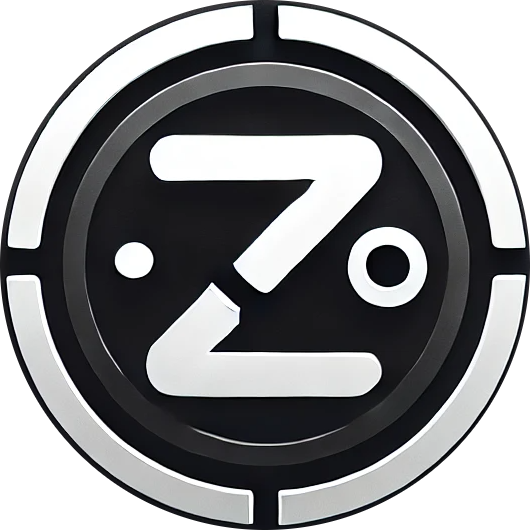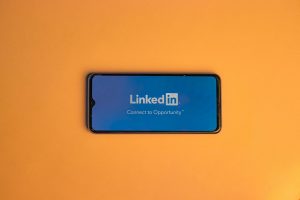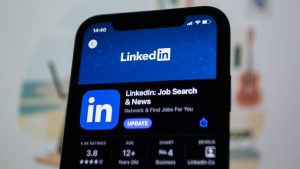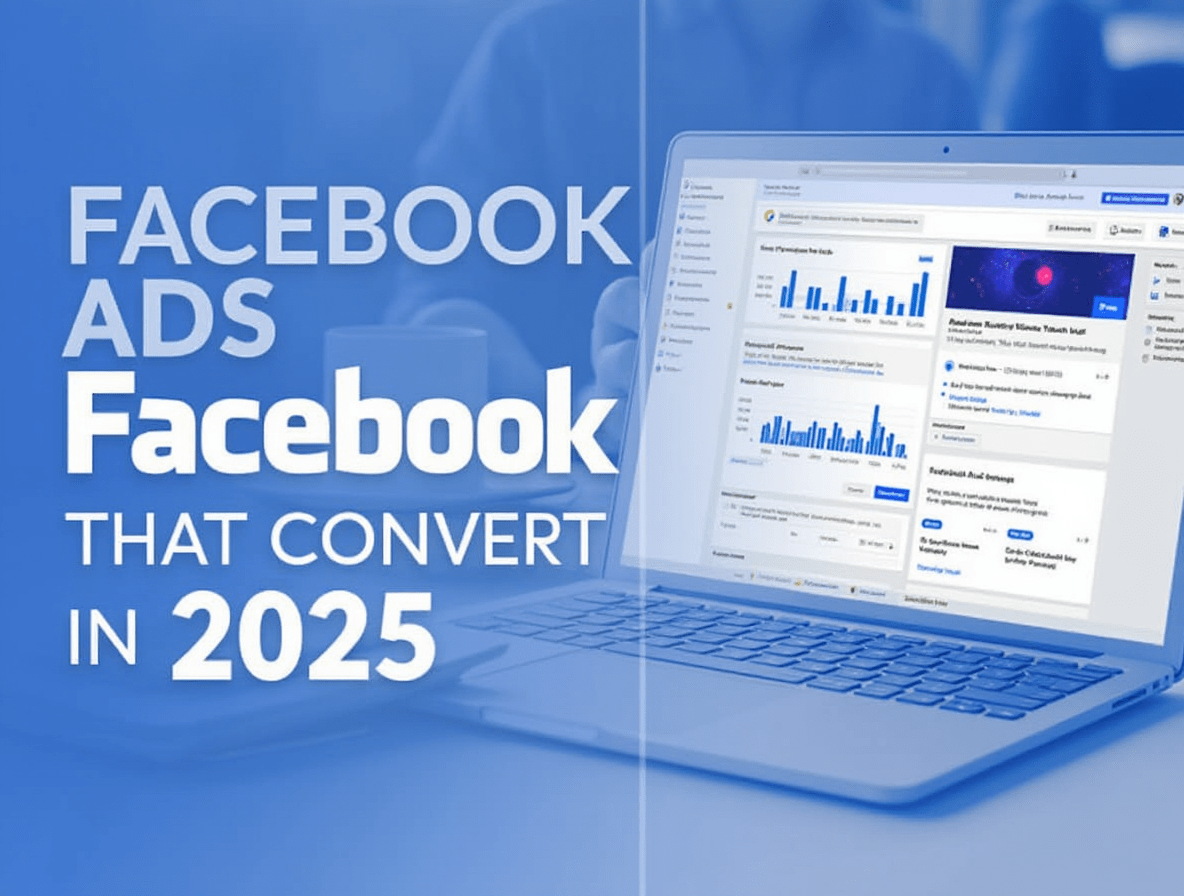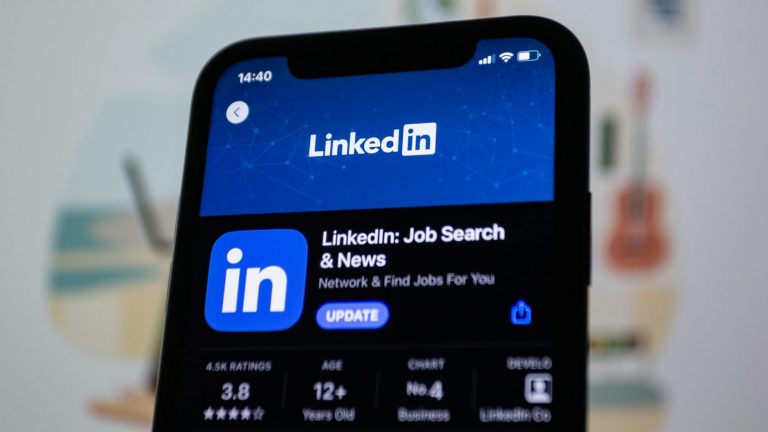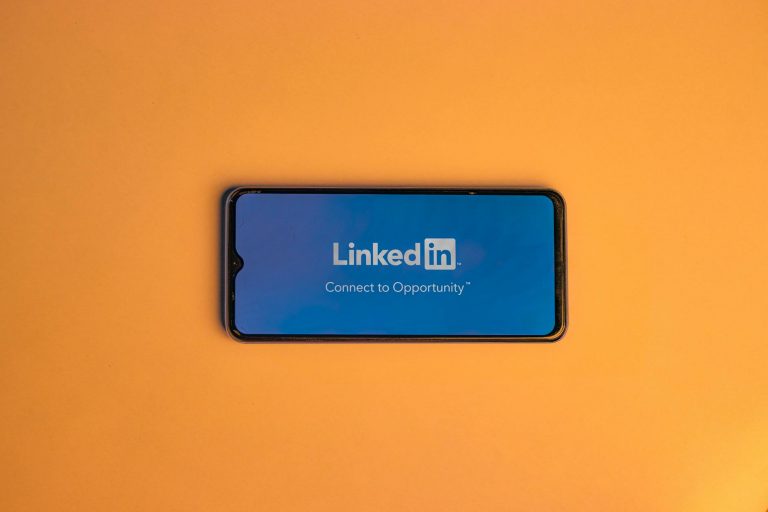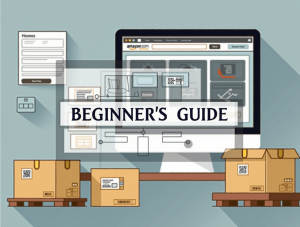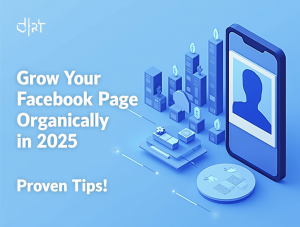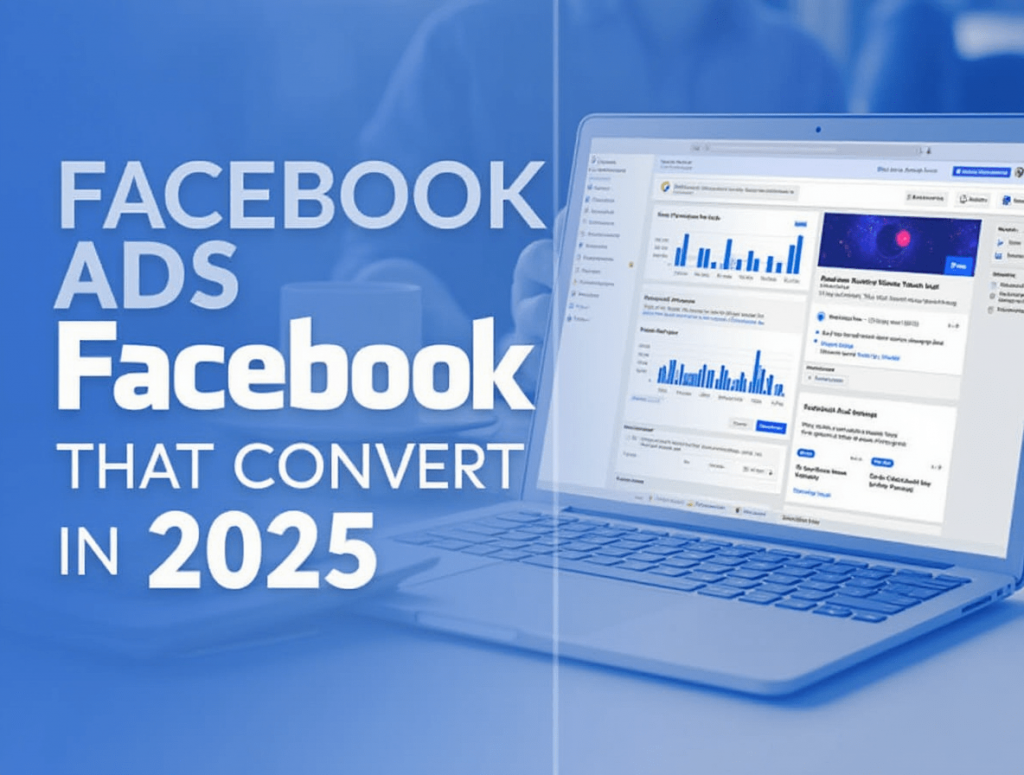
You are not alone if Facebook ads are spending money without visible results, or if you’re wondering why your campaigns aren’t scaling and it’s frustrating you. One of the most effective digital marketing tools for 2025 may be Facebook advertising — provided you know how to use it wisely.
Having run campaigns across several sectors — from eCommerce to SaaS startups — I have observed what works and what costs money. Covering everything from strategy to execution and optimization, this guide explains how to develop a really successful Facebook Ads campaign.
Let’s get started.
1. Know Your Campaign Goal
Most marketers first err by deciding on the wrong campaign goal. Facebook Ads Manager offers you various possibilities including:
- Converts
- Traffic
- Leads
- App download manager
- Sales from Advantage+ shopping campaigns
The delivery Facebook offers is based on your goal. If you select “Traffic,” Facebook will show people most likely to click — not necessarily to purchase. If you are selling a product, opt for “Conversions” and install a pixel to track purchases.
Always make your aim align with your business goal. Looking for leads? Use the Leads goal. Looking for sales? Use Conversions, not just clicks.
2. Create Your Facebook Pixel (Properly)
You can’t maximize what you don’t measure. Tracking behavior on your website — such as:
- Page visits
- Add to carts
- Purchases
- First submissions of leads
…depends on the Facebook Pixel (now Meta Pixel).
Configure your pixel using Meta Events Manager, then use the Conversions API to guarantee events are recorded — even under restricted browser tracking (especially post-iOS 14.5).
👉 Real-World Tip: Use the Facebook Pixel Helper (Chrome extension) to double-check your pixel is firing correctly. Wrong information equals wasted advertising budget.
3. Thoroughly Understand Your Audience
The best ad in the world will fail if shown to the wrong people.
Thanks to improved Facebook machine learning, broad targeting is back in 2025. However, that doesn’t mean going in blindly. You should still define:
- Customer avatars (age, gender, interests, pain points)
- Purchase behavior (Do they buy impulsively?)
- Funnel stage (cold, warm, or hot traffic)
Audience types to test:
- Lookalike audiences based on email lists or previous purchases
- Interest-based targeting, especially effective for niche products
- Custom audiences from email subscribers, video viewers, or website visitors
For top-of-funnel reach with better quality traffic, try a 5% lookalike audience combined with interest filters.
4. Make Thumb-Stopping Ad Designs
In 2025, attention is currency. If your creative doesn’t grab attention in 1.5 seconds, it’s gone.
Your ads must:
- Be visually appealing (high contrast colors, human faces, action)
- Deliver value instantly (what’s in it for them?)
- Match the funnel stage (don’t push hard sells to cold traffic)
Formats to test:
- Video ads: 15–30 seconds with captions, benefits upfront
- Carousel ads: Great for highlighting features or variations
- Single image ads: Work well with strong CTAs and bold messaging
👉 Working with a DTC skincare company, I saw a 230% increase in ROAS by switching from static images to UGC-style videos of real users applying the product.
5. Write Copy Designed for Conversion
Your ad copy should solve problems, not just sell products. Speak directly to your audience in a natural, human voice.
Winning ad copy framework:
- Hook: Call out the pain point or benefit
- Value: Explain how your product solves the problem
- Proof: Show testimonials, ratings, or results
- Action: Tell them what to do next
Example:
Still spending hours on floor cleaning?
While you rest, our robotic vacuum handles the mess.
Free 2-day shipping. Over 10,000 5-star reviews.
👉 Tap “Shop Now” to enjoy 20% off today.
🔍 Real-World Insight: Don’t sound like an ad. People scroll past obvious sales pitches. Be helpful, human, and real.
6. Organize Campaigns for Scalability
Your campaign structure can make or break results.
Try this proven structure:
Top of Funnel (TOF): Cold Audiences
- Broad targeting or 5% lookalike
- Video views or engagement focus
- Goal: Awareness and interest
Middle of Funnel (MOF): Warm Audiences
- Video viewers, website visitors, cart abandoners
- Retarget with UGC, testimonials, deeper product benefits
- Goal: Build trust
Bottom of Funnel (BOF): Hot Audiences
- Checkout initiators, pricing page visitors
- Use urgency (limited-time offers, social proof)
- Goal: Drive conversions
Pro Tip: Use CBO (Campaign Budget Optimization) for testing multiple ad sets. Switch to ABO (Ad Set Budget Optimization) for tighter budget control when scaling.
7. Test, Learn, Optimize
No campaign is perfect on launch day. Magic happens during testing.
Regular tests to run:
- Main text and headlines
- Creative formats (images vs. video)
- Audience segments
- Product offers or landing pages
Key metrics to track:
- CTR (Click-Through Rate): Is your creative resonating?
- CPC (Cost per Click): High = bad targeting or weak creative
- ROAS (Return on Ad Spend): Most important for eCommerce
- Frequency: Too high = ad fatigue
👉 Tip: Keep test budgets small until you find a winner. Then scale hard.
8. Retargeting: Your Profit Engine
Retargeting is where most profits are made.
Use dynamic retargeting to show products people viewed but didn’t buy. Pair with:
- Testimonials
- Social proof
- Limited-time discounts
Effective retargeting segments:
- Viewed product but didn’t purchase
- Added to cart but didn’t finish checkout
- Watched 75%+ of your video ad
- Engaged with your Facebook/Instagram pages
⚠️ Exclude recent buyers from retargeting unless upselling or cross-selling.
Final Thoughts: Set Up for Long-Term Success
Launching a few ad sets and hoping for the best won’t cut it. Winning Facebook Ads campaigns come from:
- Deep customer understanding
- Messaging that resonates
- Continuous, data-driven testing
✅ Quick Action Plan Recap
- Choose the right campaign objective
- Set up Pixel & tracking correctly
- Define and test multiple audiences
- Write great copy and create eye-catching visuals
- Structure campaigns using TOF → MOF → BOF
- Test weekly, optimize consistently
- Retarget smartly and ethically
- Scale what works, kill what doesn’t
Executed properly, Facebook Ads are not just scalable — they’re transformational.
